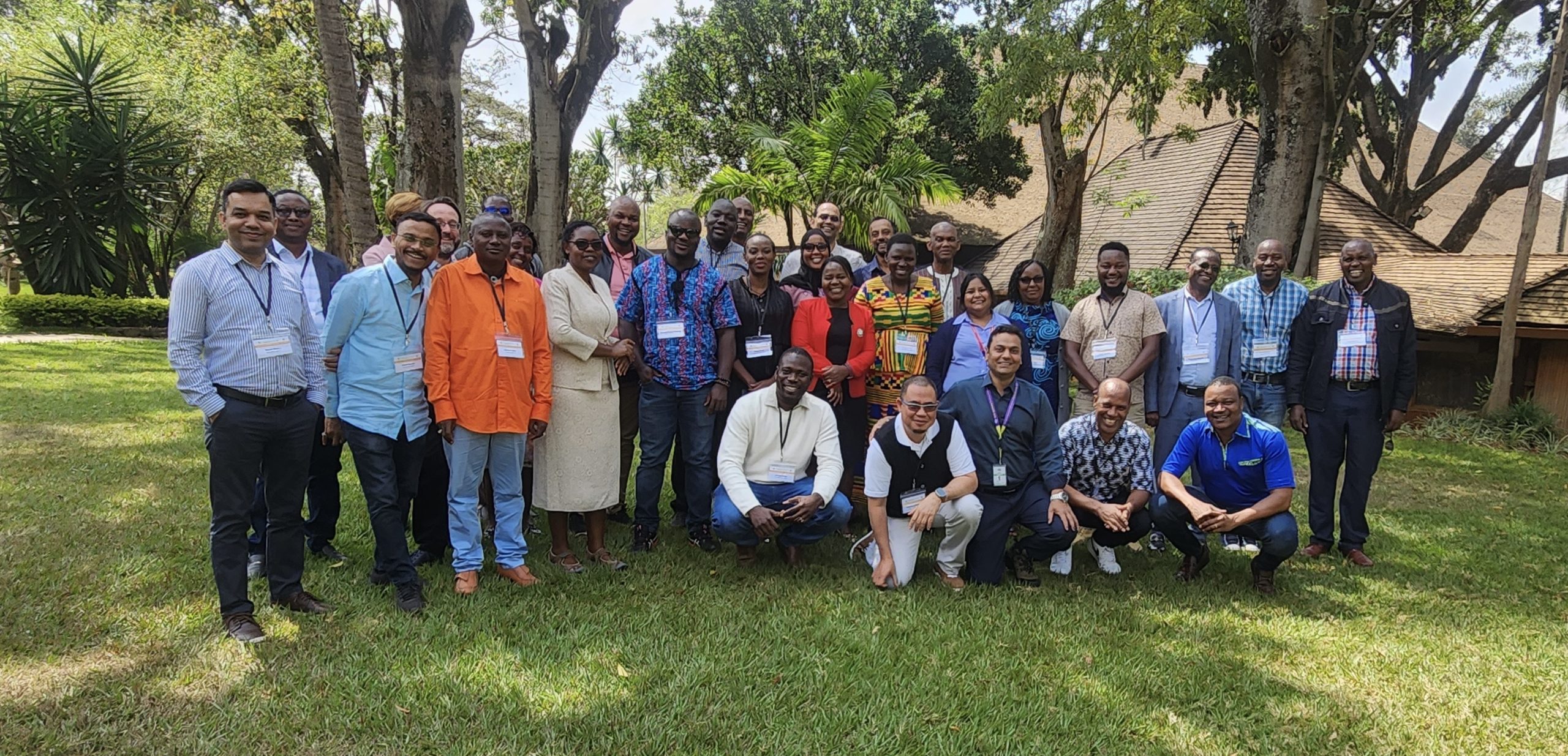CIMMYT, in collaboration with scientists from the National Agricultural Research Systems (NARES) and fellow CGIAR Centers, showcased their joint efforts to improve dryland crops during a side event at the 5th International Conference on Drylands. The session, held on May 6 and hosted by the Center for Dryland Agriculture at Bayero University, Kano (CDA-BUK), featured insightful presentations and an engaging panel discussion, highlighting a shared commitment to transforming agriculture in dryland regions through science-driven partnerships.
Baloua Nebie, CIMMYT sorghum breeder, opened the session with a presentation, “Developing Resilience in Drylands through CGIAR–NARES Partnerships for Crop Improvement,” emphasizing the strategic importance of collaborative breeding programs. Adding depth to the discussion, Lucky Omoigui from the International Institute of Tropical Agriculture (IITA) addressed a key challenge with his talk on “Innovations in Seed Systems to Deliver Science to Smallholder Farmers.” He highlighted the critical need for effective seed delivery systems that ensure improved varieties reach the hands of those who need them most.
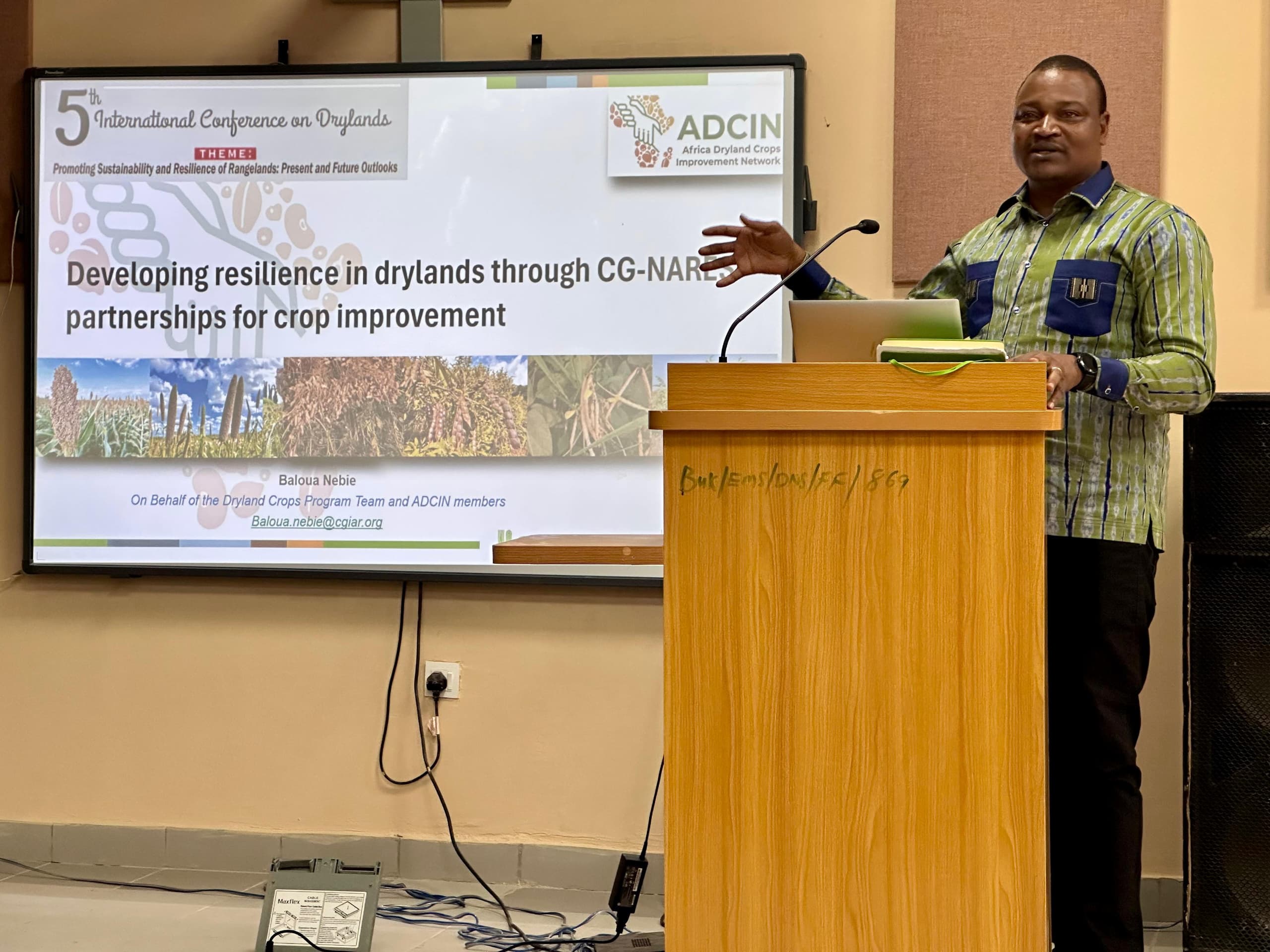
Bringing in the perspective of a NARES partner, Maryam Dawud from Nigeria’s Lake Chad Research Institute (LCRI) spoke passionately about the impact of cross-country collaboration in her presentation, “Breeding Pearl Millet as Part of a Regional Team.” Her insights demonstrated how the Africa Dryland Crops Improvement Network’s (ADCIN) shared efforts across borders are driving breeding successes in pearl millet.
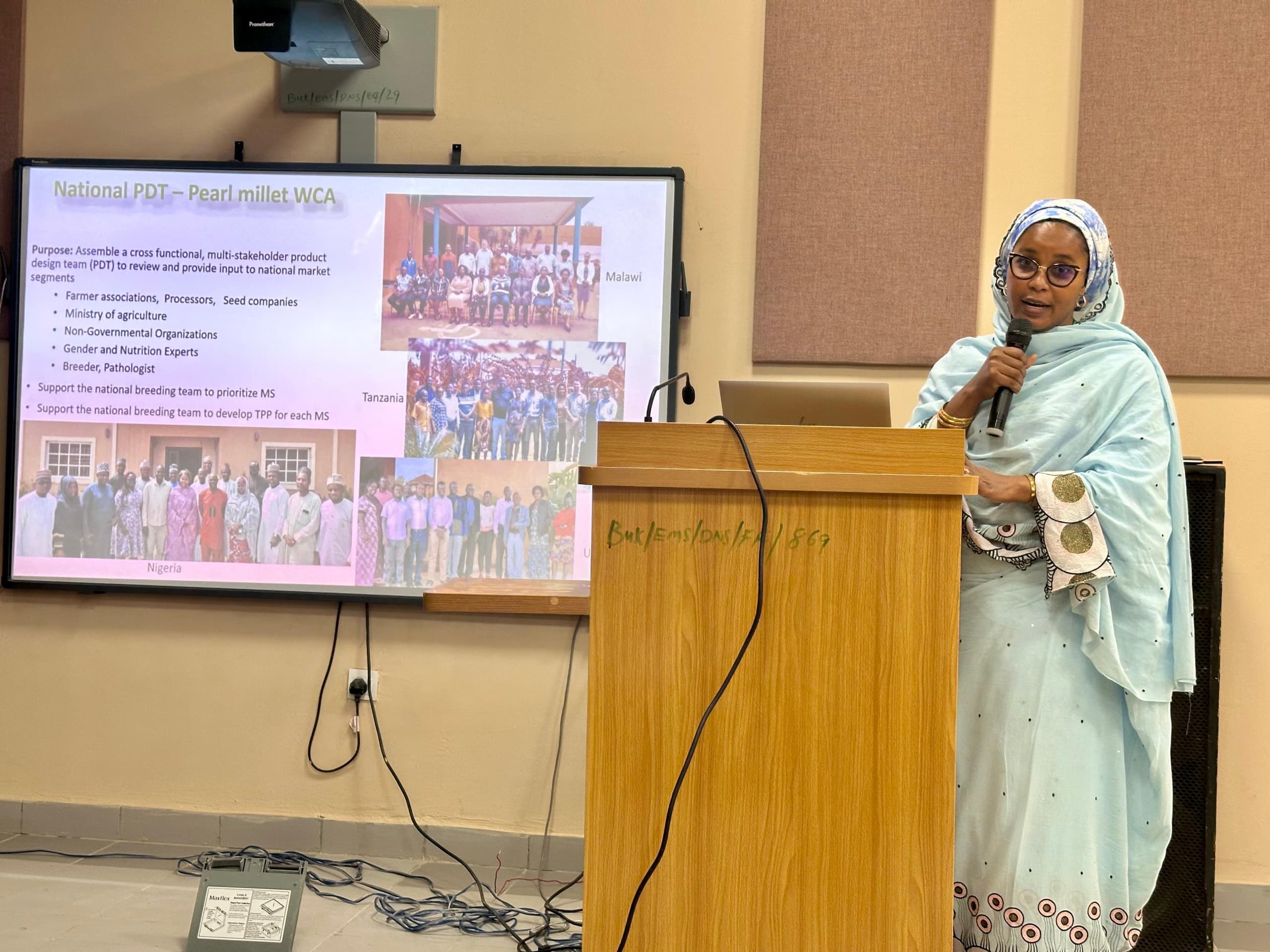
Complementing the previous speakers, Muhammed Yahaya from Nigeria’s Institute of Agricultural Research (IAR) shared reflections on the often-overlooked task of nurturing leadership and building strong scientific communities. His presentation emphasized his experience as a CIMMYT Adjunct Scientist and the value this program brings toward strengthening local leadership and institutional capacity that outlast individual projects.
As the presentations transitioned into a lively discussion, one question from the audience stood out for its relevance: “Why are adoption rates for millet and sorghum still so low?” Speakers emphasized that unless products align with the needs and preferences of end users, particularly farmers and markets, adoption will remain limited.
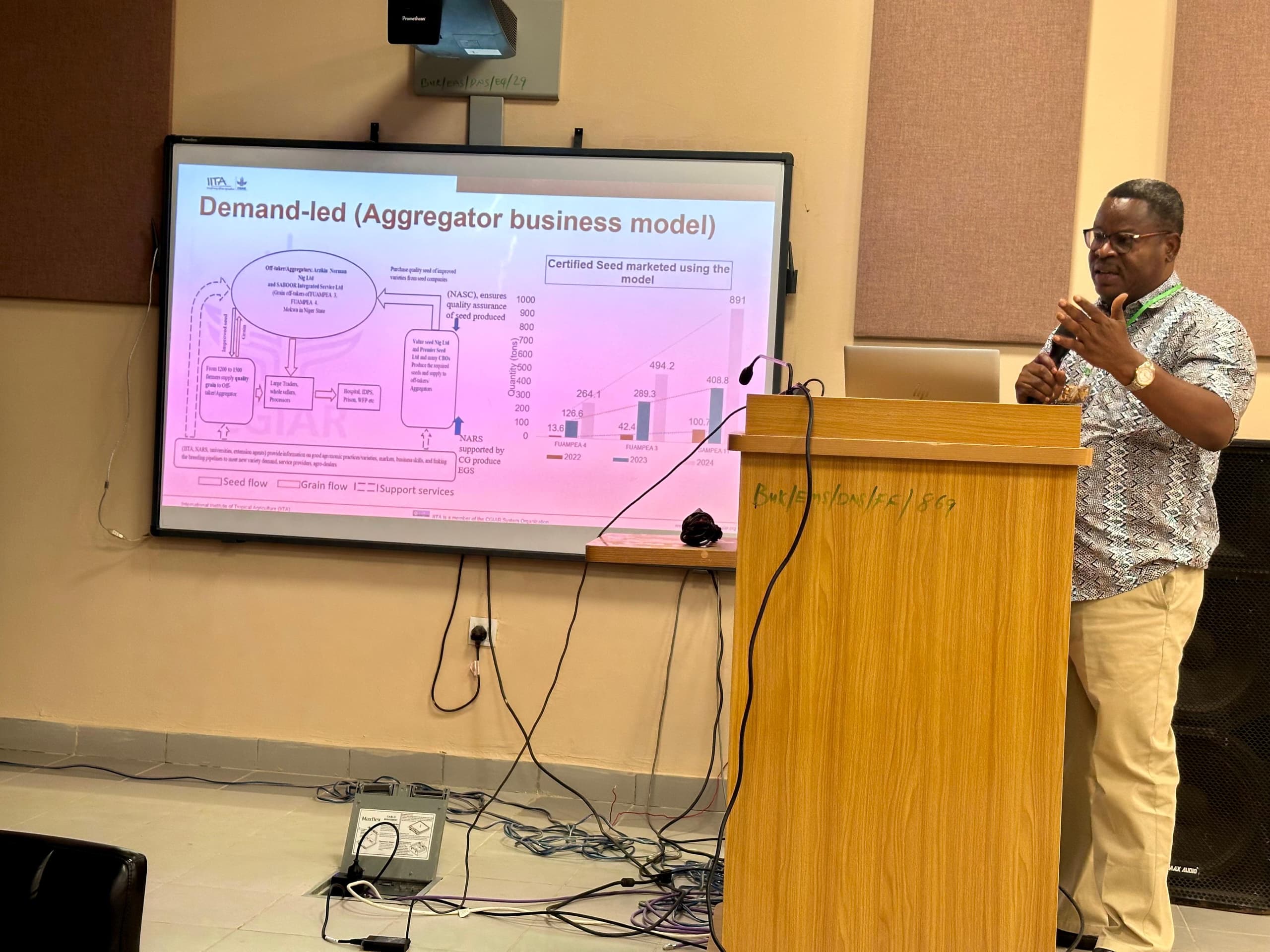
The question underscored the need for innovative approaches to overcome the “50:20 Challenge” – 50% of the population in sub-Saharan Africa faces food insecurity, yet only 20% of the crop area is cultivated using improved varieties.
A panel discussion, moderated by CIMMYT’s Dryland Crops Program Director, Kevin Pixley, brought together experts from CGIAR and NARES: Rekiya Abdulmalik (IAR, Nigeria), Sanusi Gaya (CDA-BUK), Alpha Kamara (IITA), Sani Miko (BUK), and Doris Puozaa (CIMMYT).
The central question, “What’s new and better about the current CGIAR–NARES partnership?” sparked a vibrant dialogue. The responses revealed a clear shift in mindset. The approach is no longer top-down; instead, it is anchored in joint planning, local leadership, and mutual recognition. Research agendas are now being co-developed, and success is measured not only by scientific output but also by adoption, use, and tangible benefits to farmers.
A key question addressed was why farmers often do not achieve the yield levels reported by breeders. Panelists clarified that breeders often report yields achieved under optimal agronomic practices, use of certified seeds, and farming in suitable agroecological zones. The discussion served as a reminder that bridging the gap between potential and actual performance requires more than breeding alone; it calls for coordinated support in extension services, training, and enabling policies.

In closing, Pixley posed the provocative question: “Is this new CGIAR–NARES partnership model a smart or crazy idea?” The consensus in the room was clear: it is a smart, inclusive, and innovative approach to achieving lasting impact in dryland agriculture.
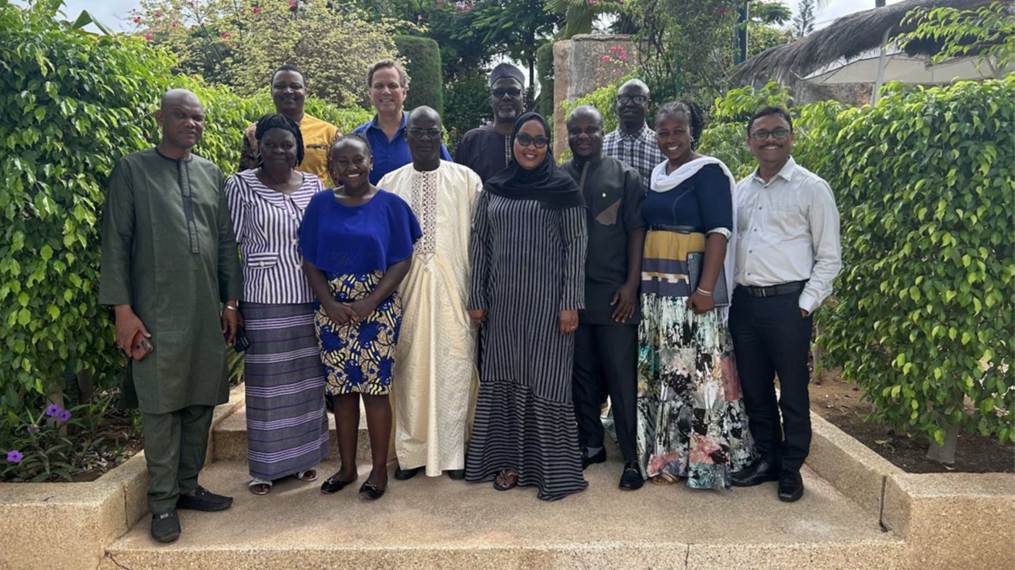
 Capacity development
Capacity development 